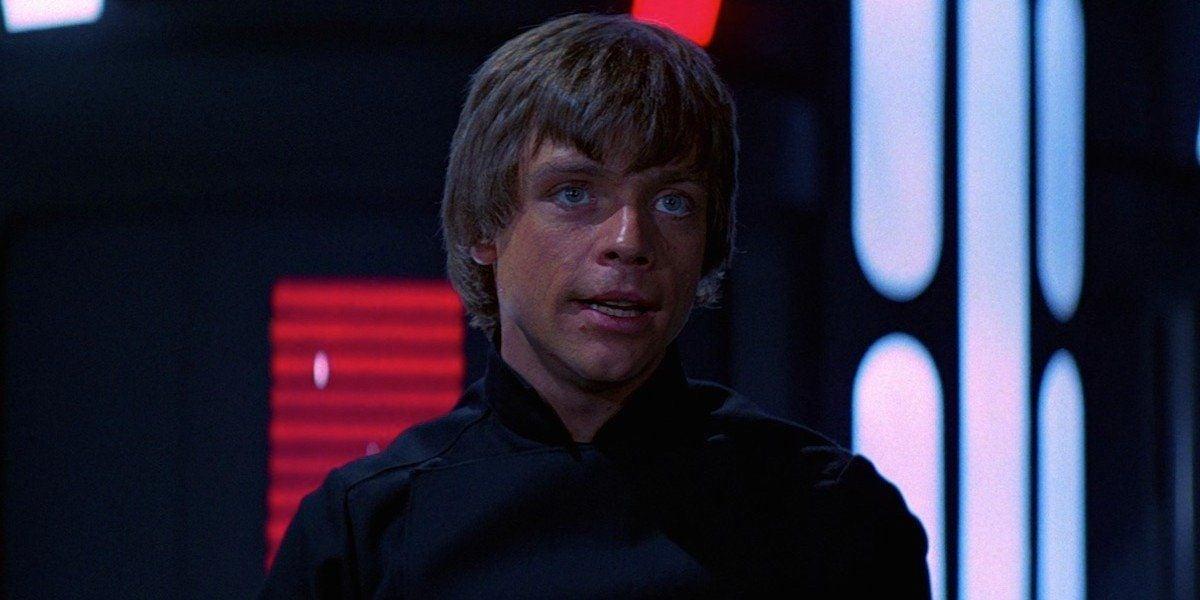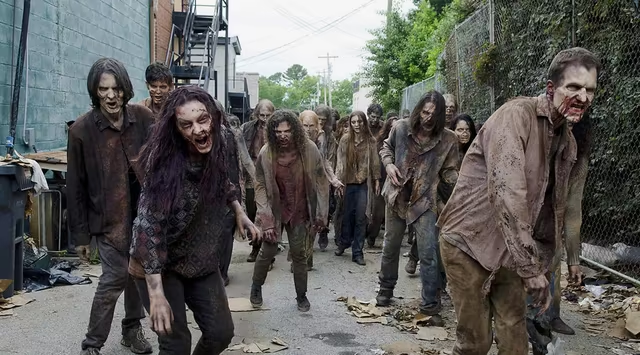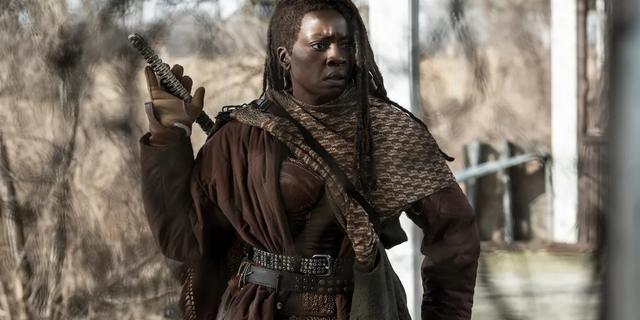If you click on a link and make a purchase we may receive a small commission. Read our editorial policy.
Star Wars: Why Luke Skywalker throwing away his lightsaber makes him the ultimate Jedi
In celebration of Return of the Jedi's 40th anniversary, we look at the finale of the original trilogy

Like most Star Wars movies, one of the key components of the climax to Return of the Jedi is a climatic lightsaber duel. But the one in Return of the Jedi ends a little differently. After Luke Skywalker, filled with righteous fury, disarms Darth Vader (literally and figuratively), rather than pressing his attack, he stops. The sight of Vader's sparking robotic stump, not unlike the robotic hand Luke gained after his last duel with Vader, gives him pause, and brings him to his senses. He is acting with aggression, out of fear, and that is not the Jedi way. He turns to face the Emperor, telling him he's failed in his efforts to turn Luke to the Dark Side, that Luke is a Jedi, like his father before him. And then to punctuate his point, he tosses aside his lightsaber.
It is a triumphant moment, the culmination of Luke's three-movie-long Hero's Journey and quest to become a Jedi. It is also, appropriately enough, one of the most purely Jedi moments in the entire Skywalker Saga.
"A Jedi uses the Force for knowledge and defense"

During Luke's Jedi training with Yoda on Dagobah in The Empire Strikes Back, this exchange occurs:
That last bit is key: A Jedi is acting in service of the Force when they are at peace and passive, when they use the Force for knowledge and defense, and not to attack. This is what Luke realizes when he has Vader at his mercy in Return of the Jedi, that Luke is NOT at peace, not passive, attacking, not defending. The tossing aside of his weapon punctuates this realization: Luke is willing to leave himself at the mercy of the Emperor rather than raise his weapon again in an act of aggression. Better to die a Jedi than live as a thrall of the Dark Side.Yoda: Beware of the dark side. Anger, fear, aggression; the dark side of the Force are they. Easily they flow, quick to join you in a fight. If once you start down the dark path, forever will it dominate your destiny, consume you it will, as it did Obi-Wan's apprentice.
Luke: Vader... Is the dark side stronger?
Yoda: No, no, no. Quicker, easier, more seductive.
Luke: But how am I to know the good side from the bad?
Yoda: You will know... when you are calm, at peace, passive. A Jedi uses the Force for knowledge and defense, never for attack.
The Jedi devotion to pacifism and defense espoused by Yoda is in stark contrast to how the Jedi are portrayed in the Prequel Trilogy. There, we see the Jedi act decisively as warriors, generals in the Republic's clone army. Their rationalization is that they are ostensibly acting in defense of the ideals of democracy and to protect the innocent people threatened by the aggression of the 'other side', but that kind of slippery slope logic is a notable contribution to their ultimate downfall, charted over the course of the trilogy. The Jedi of the Republic stray too far from the ideals later espoused by Yoda, and are nearly wiped out as result. Luke, in declaring himself a Jedi and letting go of his aggression, isn't just reviving the Jedi order, he's displaying a mastery of the Jedi ethos lacking in far too many of his immediate predecessors.
"You think what? I'm gonna walk out with a laser sword and face down the whole First Order?"

Luke's embrace of the Jedi's devotion to using the Force only in defense factors into another climatic lightsaber duel in a later Star Wars film. Near the end of the divisive Last Jedi, Luke seemingly strides out of the heroic Resistance base, lightsaber in hand, to face down the entirety of the evil First Order, the very thing he mocked would-be Jedi Rey for expecting of him earlier in the film.
Yet throughout the subsequent lightsaber duel with his nephew and former apprentice, Kylo Ren, Luke never once acts in aggression, merely ducking and weaving to avoid Kylo's strikes, the picture of calm in the face of Kylo Ren's roiling, apoplectic anger. Their blades never touch, and Luke never presses the attack. Ultimately, it's revealed that Luke is merely projecting himself through the Force, creating an illusion to stall Kylo Ren long enough for the heroes to escape. Luke is not there to attack, to kill Kylo Ren or the First Order legions, but rather in defence of the Resistance, and he does it without ever striking in anger or aggression.
It is a moment which rankled some fans, who wanted to see a Luke grown more powerful since Return of the Jedi (and with modern special effects backing him up) take on the whole First Order in more literal way, in a flurry of badass lightsaber-y, not unlike the duels at the various climaxes of the Prequel Trilogy. But as the Prequels taught us, as entertaining as those kinds of fights are, they ultimately aren't representative of the Jedi way. Nor would such a fight in The Last Jedi be consistent with Luke's characterization following Return of the Jedi, when Luke truly became the best representation of the ideals of the Jedi by laying down his arms once and for all.
Let the Force flow through you into this guide to how to watch all of Star Wars.
Follow Popverse for upcoming event coverage and news
Find out how we conduct our review by reading our review policy
Let Popverse be your tour guide through the wilderness of pop culture
Sign in and let us help you find your new favorite thing.
















Comments
Want to join the discussion? Please activate your account first.
Visit Reedpop ID if you need to resend the confirmation email.